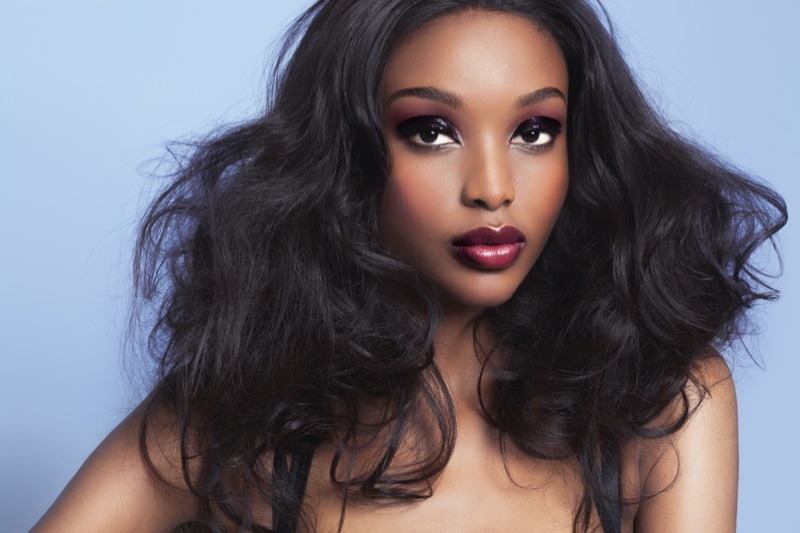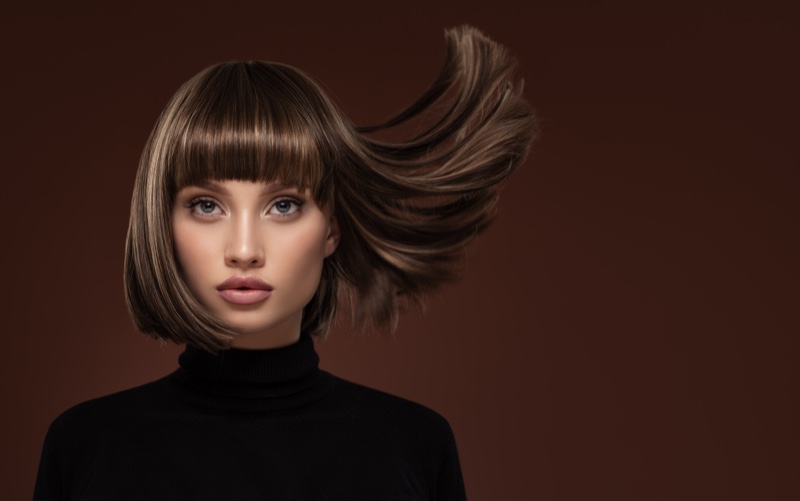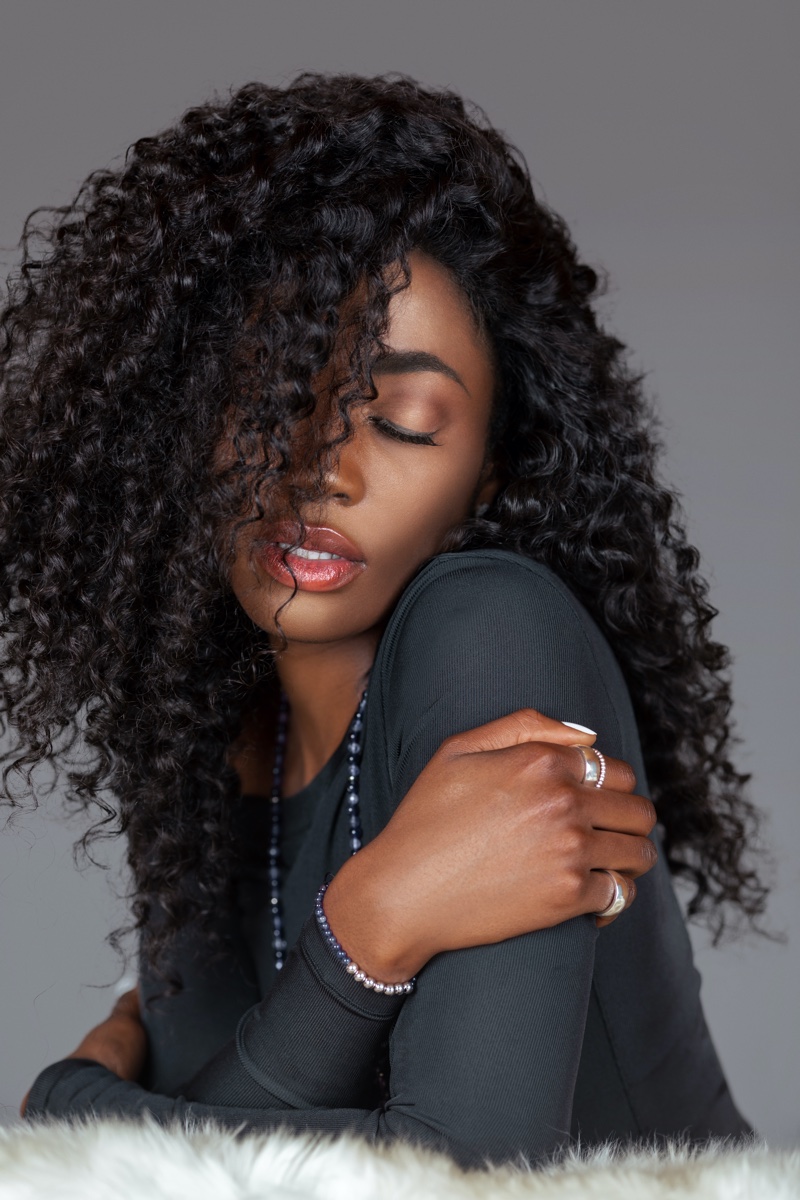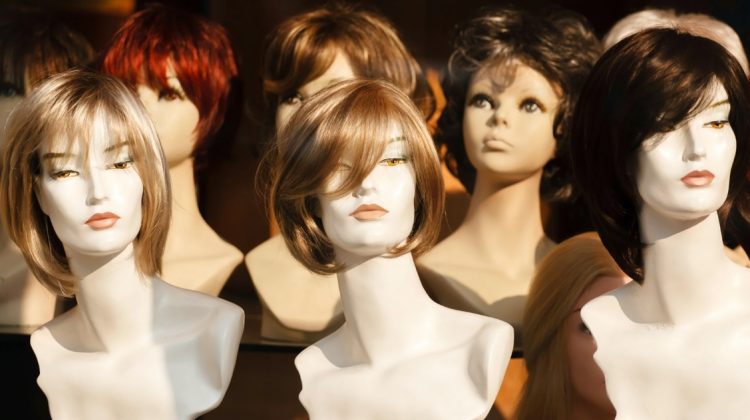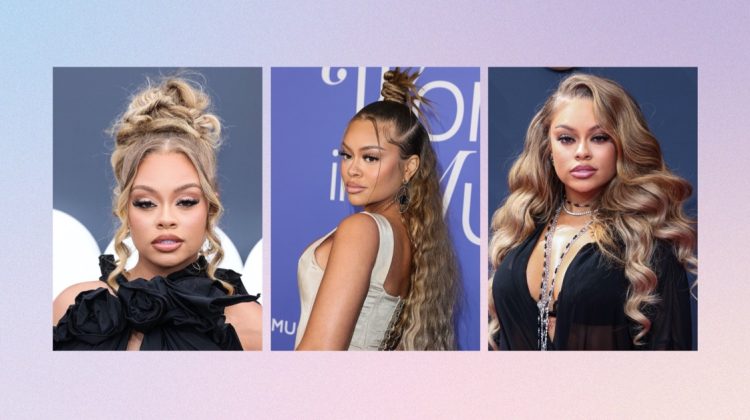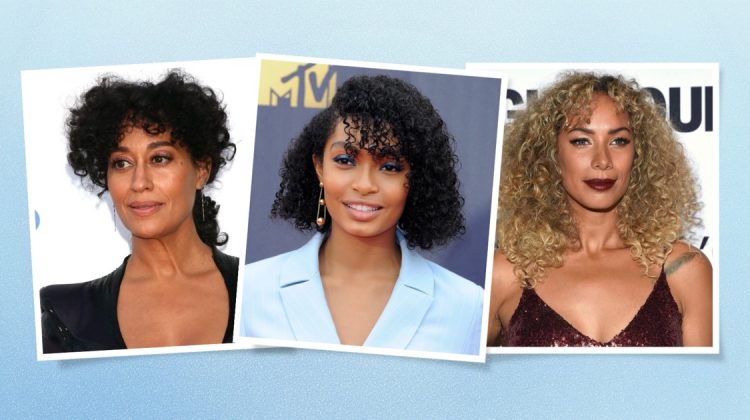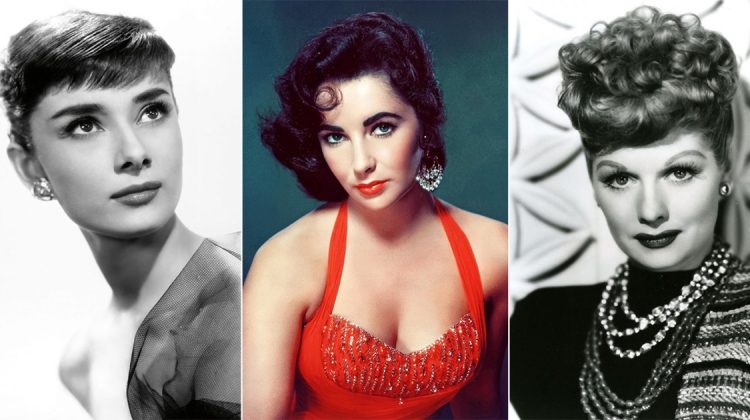It is no secret that wigs can take a toll on your natural hair. In fact, many women choose to wear wigs because they are said to damage their natural hair less than other styling methods. But you should still take care when wearing them. To ensure that your wig does not damage your natural hair, there are a few things that you can do.
Find out how to avoid damage to your natural hair when wearing a wig. Whether you are new to wig wear or a seasoned vet, these tips will help you keep your natural hair healthy and strong. From the right wig material (like hd lace wigs) to the best way to attach your wig, we’ve got you covered. So, let’s get started!
Ways to Avoid Damage to Your Natural Hair When Wearing a Wig
Even if you take all of the necessary precautions, sometimes damage to your natural hair is unavoidable. However, there are steps that you can take to reduce the amount of damage that your wig causes to your natural hair.
Don’t wear and buy an incorrect-size wig:
Before you even put your wig on, you need to make sure that it is the right size. If your wig is too tight, it will cause breakage and balding around the hairline. In addition, a too-tight wig can also lead to scalp irritation and even scalp necrosis (death of tissue). On the other hand, a wig that is too loose will not provide the coverage that you need and can cause your wig to slip off.
To avoid these problems, make sure to measure your head and buy a wig that fits snugly but is not too tight. Adjustable wigs are also a great option because they allow you to customize the fit to your head. Whether you are buying your wig in-store or online, make sure to pay attention to the size chart.
Choose the right wig material:
The material of your wig also plays a role in how much damage it will do to your natural hair. Wigs made from synthetic materials are usually cheaper but can be more damaging to your hair. Synthetic wigs are often made from plastic fibers that can snag and pull on your hair. In addition, synthetic wigs do not allow your scalp to breathe, which can lead to scalp irritation. If you must wear a synthetic wig, look for one that is made from high-quality materials and that is labeled as “heat-resistant.”
This will help to reduce the amount of damage that your wig does to your hair if you can opt for a wig made from human or HD lace wigs. These materials are more expensive but are much gentler on your hair. Human hair wigs can be styled with heat and look very natural. HD lace wigs are made from a thin, transparent material that is virtually undetectable. Both of these wig types will minimize the amount of damage that your wig does to your natural hair.
Avoid using harsh chemicals on your wig:
If you want to prevent harming your natural hair, you must be cautious about the materials you put on your wig. Many wig care products contain harsh chemicals that can strip your hair of its natural oils and lead to breakage. When washing your wig, opt for a mild shampoo and conditioner.
Avoid using products that contain sulfates, alcohol, or other harsh chemicals. In addition, be sure to avoid using heat on your wig. Use a heat protectant and put your curling iron on the lowest level if you must use heat. When possible, air dry your wig instead of using heat.
Attach your wig properly:
If you do not attach your wig properly, it can cause damage to your natural hair. When applying your wig, be sure to use a wig cap. This will help to protect your hair and keep your hairpiece in place. Wig caps are usually made from nylon or mesh and can be found in most beauty supply stores.
To apply your wig cap, simply pull it over your head and adjust it until it is snug. Once your wig cap is in place, you can attach your wig using tape, glue, or clips. If you are using glue or tape, be sure to avoid contact with your skin. These products can cause irritation and even burns. Even if you are using a wig cap, be sure to avoid attaching your wig too tightly. This can cause breakage and balding around the hairline.
Use a satin pillowcase:
Sleeping on a satin pillowcase can help to reduce the amount of damage that your wig does to your hair. This is because satin is a smooth material that will not snag or pull on your hair. In addition, satin allows your scalp to breathe and can help to reduce irritation. If you do not have a satin pillowcase, you can also use a silk scarf or bonnet.
Some women who wear wigs prefer to sleep with their wigs on. If you choose to do this, be sure to tie your hair up in a loose bun or braid. This will help to prevent your wig from slipping off and can also help to reduce tangling.
Be gentle with your wig:
Being careful with your wig is one of the essential things you can do to safeguard your natural hair. Brushing your wig too vigorously might cause tangling and breakage. When combing your wig, use a comb or brush with broad teeth or bristles. Work your way up from the bottom of your wig. Brushing near your hairline should be done with extreme caution.
Furthermore, avoid wearing your wig in strong winds or while engaging in activities that may cause it to get tangled or torn off. When removing your wig, remember to be kind. Do not tug or strain your hair. Hold your wig at the base and slowly slide it off of your head.
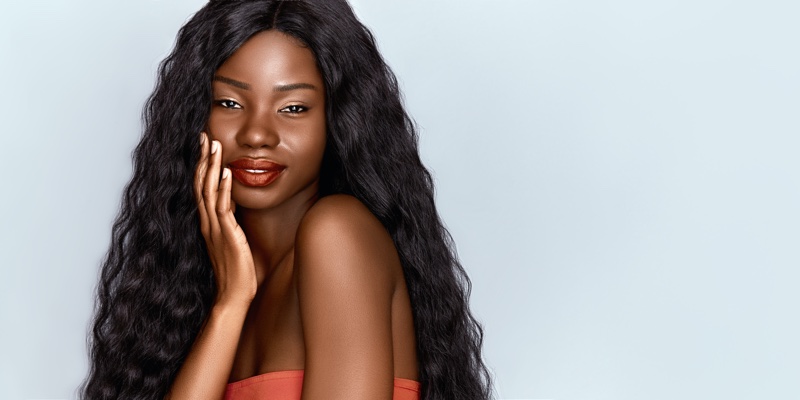
Avoid using wigs that do not breathe:
Everyone is familiar with the sensation that occurs after they have worn a wig for an excessive amount of time and their head begins to feel hot and itchy. This is due to the fact that wigs that do not let your scalp breathe properly may lead to discomfort and even the formation of fungi.
If you absolutely must wear a wig, choose one that is constructed from a material that allows air to pass through it, such as lace or mesh. These sorts of wigs will let your scalp remain cool and will reduce the likelihood that it will get irritated. If you discover that your wig is irritating your scalp in any way, you should be sure to remove it so that your head can get some fresh air.
Do not wear your wig all the time:
Why? It’s healthier for your hair, that’s for sure! Even while wigs may shield your hair from the damaging effects of heat styling and the environment, it is still vital to give your natural hair a rest from time to time. When you do decide to wear your wig, always remove it before going to bed so that your scalp has the opportunity to get some air.
In addition, you might want to opt for a short wig when the weather is hot and humid. Your hair may suffer from the negative effects of heat and wetness when they are combined. If you are not already wearing a wig, the best way to protect your natural hair is to braid or plait it and secure it in a loose bun. Tangling and breaking will be reduced as a result of doing so.
Do not forget about your real hair:
Remember that even though you are wearing a wig, your natural hair still needs to be cared for! When shampooing and conditioning your wig, take the time to massage your scalp with your fingers. This will increase blood circulation to your scalp and can help to promote hair growth. In addition, use a gentle, sulfate-free shampoo and conditioner to avoid stripping your hair of its natural oils. Be sure to deep condition your hair when necessary to keep it healthy and hydrated.
Embrace your inner diva:
Wigs can be a fun and easy way to change up your look. So have fun with it! Experiment with different styles and colors. Try out a new hairstyle that you have always wanted to try but never had the guts to do so. With wigs, the possibilities are endless! If you take care of your lace front wig and treat it with respect, it will last you a long time and can give you the confidence to rock any look that you desire.
In a Nutshell
Wigs are a great way to protect your natural hair, but if not properly taken care of, they can do more harm than good. By following the tips above, you can avoid damaging your natural hair while still rocking any wig style you desire. Do you have any other tips on how to prevent damage to natural hair when wearing a wig? Share those ideas with us in the comments below!
